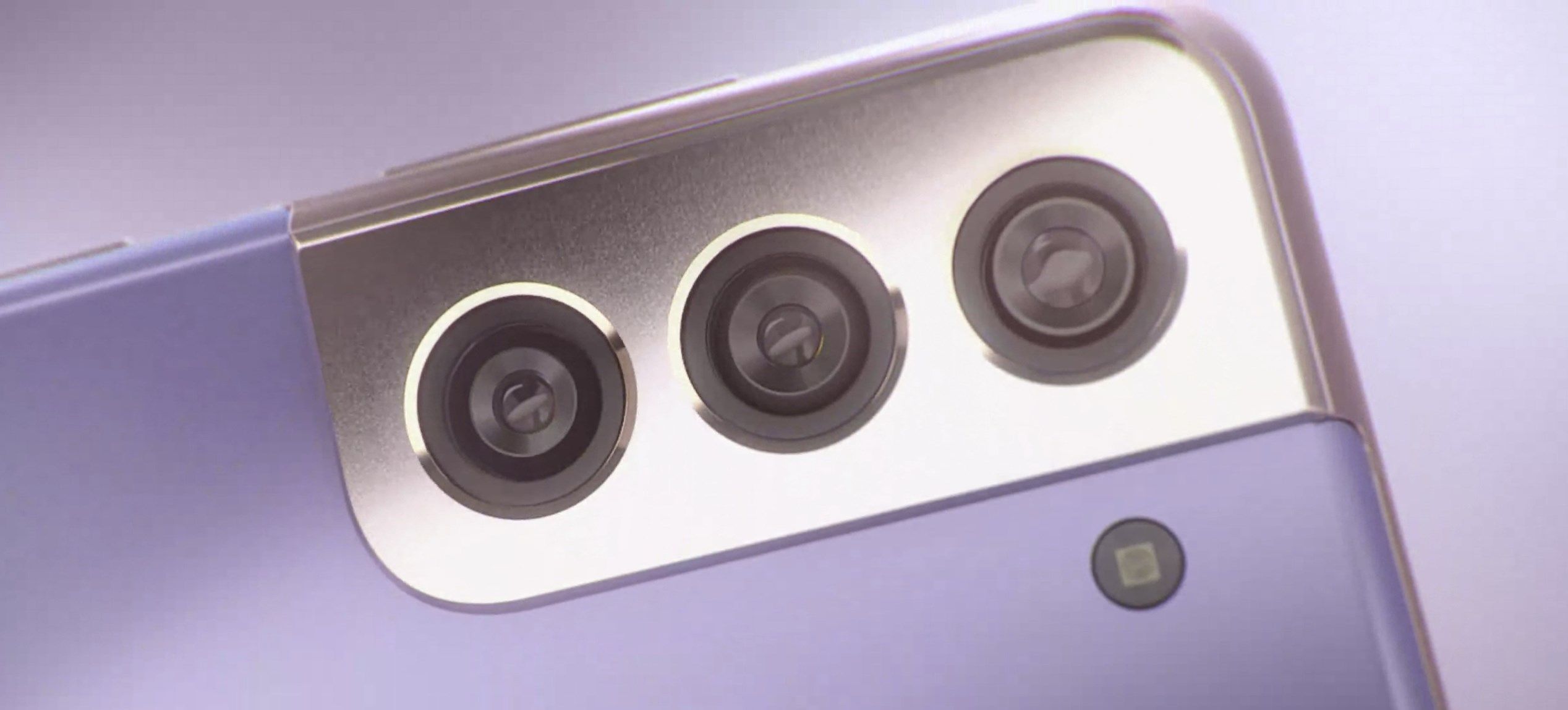Samsung's Galaxy S21, expected to be released early next year, has just cruised past the FCC. Although details like product images weren't included, the documents confirm some useful specifications, like a Snapdragon 888 chipset and supported carrier bands for at least one US model.
So far, details published by the FCC (first spotted by Droid Life) only correspond to the smaller Galaxy S21. However, frequency support, including 5G bands, were published in the documents:
5G bands
- n2
- n5
- n12
- n25
- n30
- n41
- n66
- n71
- n77
- n260
- n261
4G LTE bands
- Band 2
- Band 4
- Band 5
- Band 7
- Band 12
- Band 13
- Band 14
- Band 25
- Band 26
- Band 30
- Band 38
- Band 40
- Band 41
- Band 48
- Band 66
- Band 71
If these details are correct and correspond to the smaller phone as expected, that means at least one version of the smaller Galaxy S21 will support mmWave 5G, based on band n260 and n261 support. This may indicate a change since last year when the smaller non-carrier/standard Galaxy S20 model did not support mmWave 5g, though Verizon did get a mmWave version of the phone.
Other supported bands include the expected Wi-Fi, Bluetooth (LE 5.0), and NFC frequencies. Notably, I don't see the expected ~6-9GHz support for Samsung's Ultra Wideband tech, included in last year's Galaxy Note20 Ultra — perhaps the feature will be limited again to larger models.
The Snapdragon 888 chipset was already expected to be included, and details in the filing confirm that, claiming the phone will have a "Qualcomm SM8350 modem" a part number that Qualcomm has tied to the Snapdragon 888.
A recent leak from Ice universe also indicates the S21 series will finally have an upgraded ultrasonic fingerprint sensor, probably the newish Qualcomm 3D Sonic Max at an 8 x 8 mm size. In addition to being larger, it's also reportedly faster. To our knowledge, the sensor included in the S20 was identical to the older Galaxy S10, and we always found it a little slow and unreliable compared to modern optical sensors, so the series is long overdue for an upgrade.
Source: FCC, @UniverseIce
Via: Droid Life


